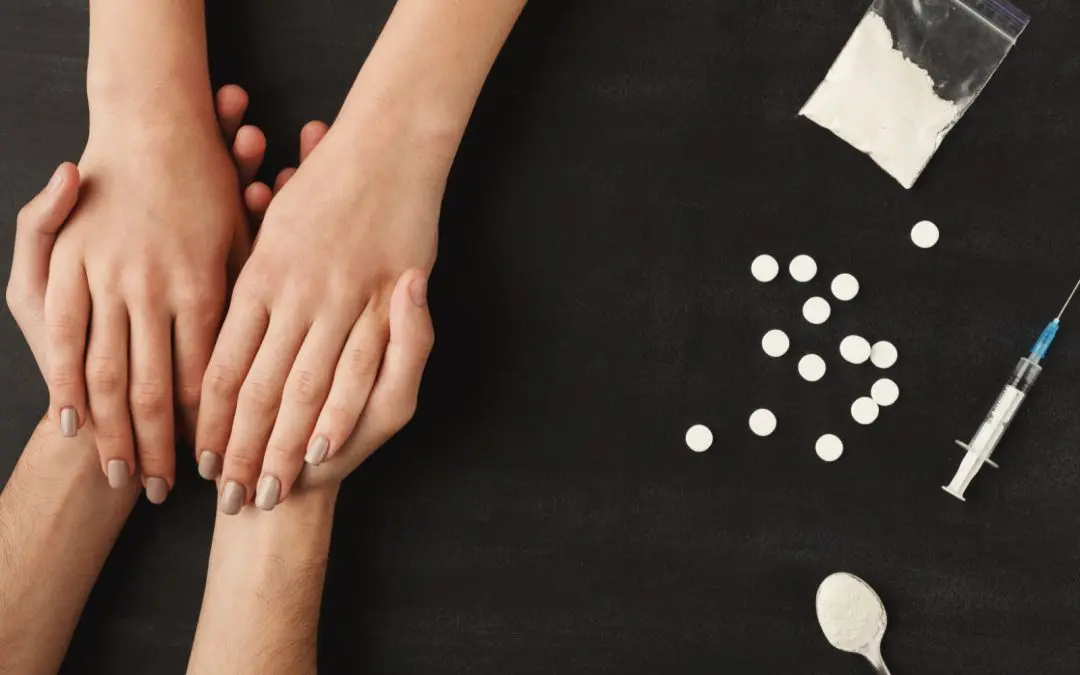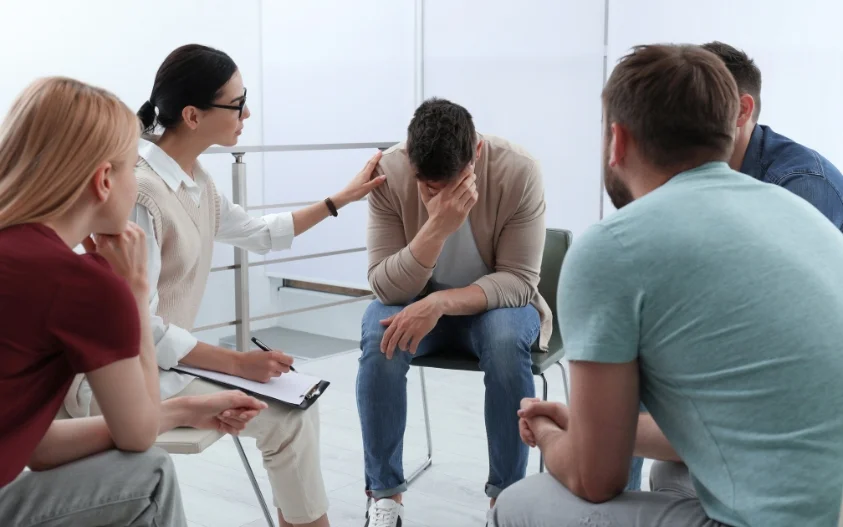24/7 Helpline:
(866) 899-221924/7 Helpline:
(866) 899-2219
Learn more about PTSD Rehab centers in Clay County

Other Insurance Options

Kaiser Permanente

Health Net

Covered California

American Behavioral

Optima

UMR

Oxford

Carleon
Beacon

CareFirst

ComPsych

Cigna

Multiplan

Absolute Total Care

Aetna

Holman Group

United Health Care

Medical Mutual of Ohio

Horizon Healthcare Service

Access to Recovery (ATR) Voucher

AltaPointe – Outpatient Services – Clay County
AltaPointe – Outpatient Services – Clay County is a drug and alcohol rehab in Lineville, Alabama. Th...

Colorado Western Slope Counseling
Colorado Western Slope Counseling is private Counseling Clinic located in Delta, Colorado. Colorado ...

Pathways
Pathways has proudly served as a community-based center for mental health care, the prevention and t...

Ultimate Treatment Center
Ultimate Treatment Center is a private rehab located in Ashland, Kentucky. Ultimate Treatment Center...

Pathways – Lansdowne Drive
Pathways- Lansdowne Drive is located in Ashland, Kentucky. They offer a wide variety of services for...

Pathways – Boyd Outpatient
Pathways – Boyd Outpatient is a private rehab located in Ashland, Kentucky. Pathways – Boyd Outpatie...

Spero Health – Ashland
Spero Health – Ashland is a private rehab located in Ashland, Kentucky. Spero Health – Ashland speci...

ACCADA – Ashland County Council on Alcoholism and Drug Abuse
Ashland County Council on Alcoholism and Drug Abuse (ACCADA) provides a range of counseling, treatme...

Gaudenzia – Fountain Springs
Gaudenzia–Fountain Springs is a 12 step focused, long term residential drug and alcohol rehab for wo...

Hanover County Community Service Board
Hanover County Community Service Board is a public rehab located in Ashland, Virginia. Hanover Count...

New Horizons North
New Horizons North is a private rehab located in Ashland, Wisconsin. New Horizons North specializes ...

AltaPointe – Outpatient Services – McKinney Center
AltaPointe – Outpatient Services – McKinney Center is a drug and alcohol rehab in Lineville, Alabama...

The Center for Mental Health
The Center for Mental Health is a non-profit organization and is governed by a board of directors re...
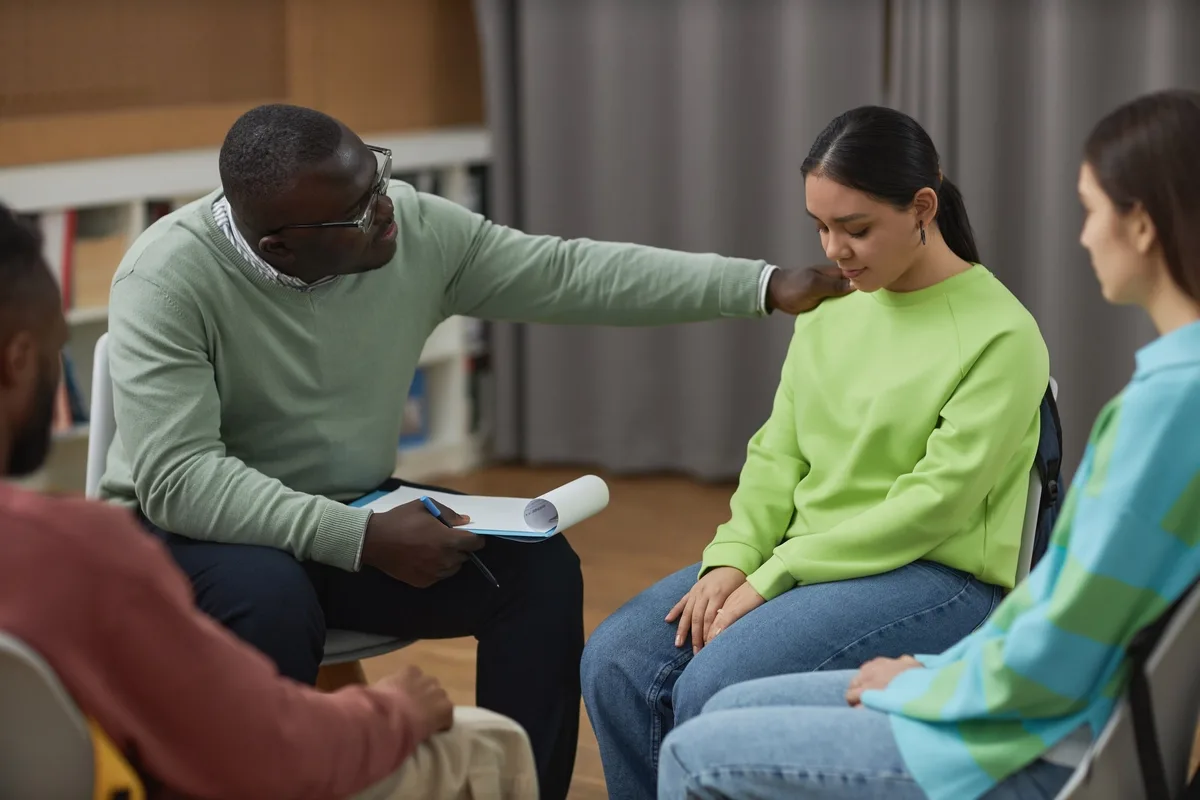
Friends of Bill W Club
Friends of Bill W Club is a non-profit rehab located in Delta, Colorado. Friends of Bill W Club spec...

Hand of Hope
Hand of Hope is a private rehab located in Ashland, Kentucky. Hand of Hope specializes in the treatm...

Region III Mental Health Center
Region III Mental Health Center is a public rehab located in Ashland, Mississippi. Region III Mental...

Appleseed Community Mental Health Center
Appleseed Community Mental Health Center is a private rehab located in Ashland, Ohio. Appleseed Comm...

Kolpia Counseling
Kolpia Counseling is a private rehab located in Ashland, Oregon. Kolpia Counseling specializes in th...
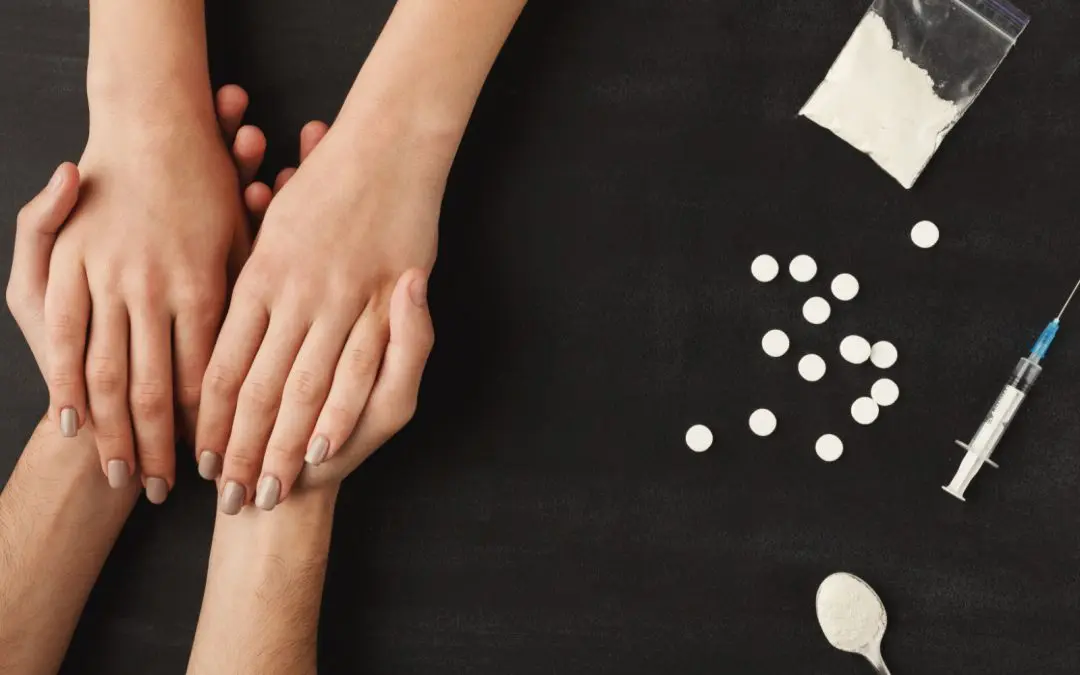
Family Solutions – Day Treatment
Family Solutions – Day Treatment is a private rehab located in Ashland, Oregon. Family Solutions – D...

Gaudenzia – New Destiny
Gaudenzia is a renowned provider of substance abuse and mental health treatment, offering comprehens...
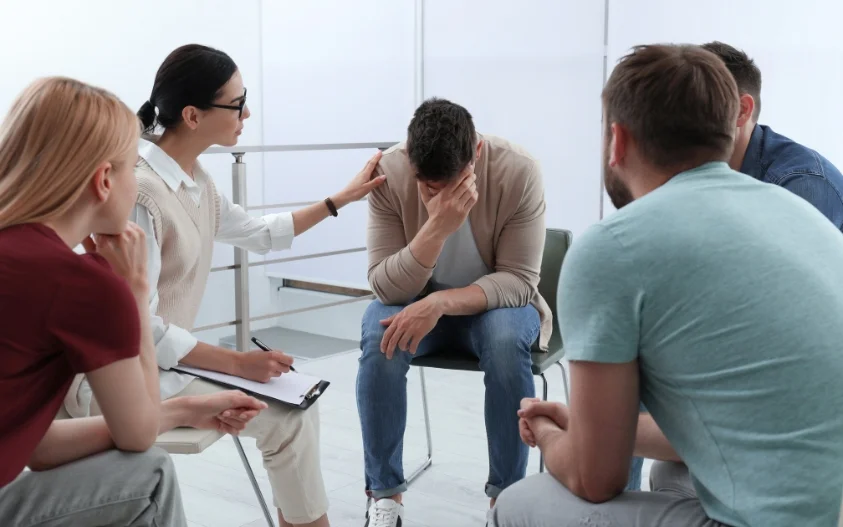
Cornerstone Clinical Services
Cornerstone Clinical Services, in Delta, Utah, provides outpatient mental and behavioral health care...

White River Academy
White River Academy offers inpatient treatment for male adolescents needing behavioral health servic...

AA – Alcoholics Anonymous – Stuntz Avenue
AA – Alcoholics Anonymous – Stuntz Avenue is a non-profit rehab located in Ashland, Wisconsin. AA – ...

AA – Alcoholics Anonymous – 8th Avenue East
AA – Alcoholics Anonymous – 8th Avenue East is a non-profit rehab located in Ashland, Wisconsin. AA ...














































